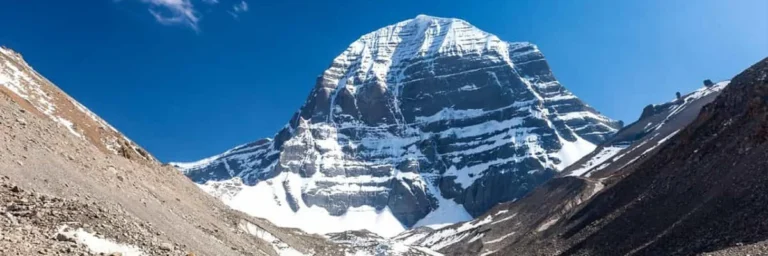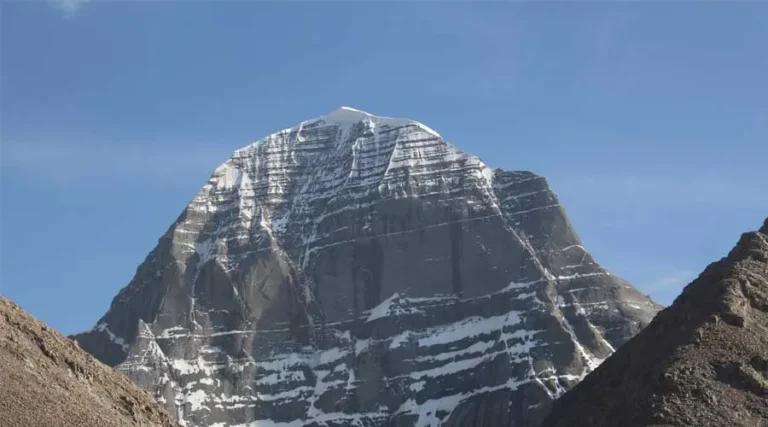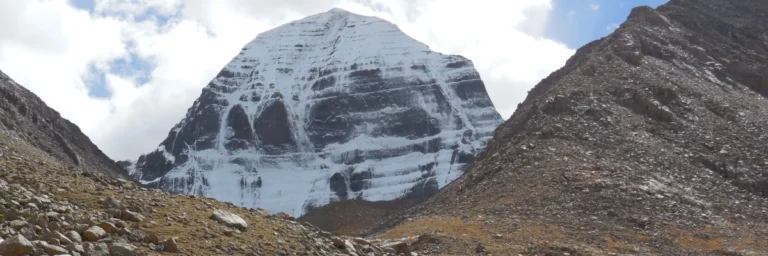For the question on where is Mount Everest located, we start of by understanding about Mount Everest as a whole first. Mount Everest is the tallest mountain on Earth. It is a true wonder of nature. This giant peak stands tall on the border between Nepal and China. It is part of the majestic Himalayas, a mountain range known for its incredible height and beauty. Its popular presence has caught the attention of explorers, climbers, and nature enthusiasts for centuries. People from all over the world dream of climbing it, even though it is incredibly dangerous.
Table of Contents
Geographical Location of Mount Everest
Mount Everest is located in the Himalayan mountain range. However, the mountain itself is situated on the border between Nepal and the Tibet Autonomous Region of China. The summit of Mount Everest reaches an elevation of 8,848.86 meters (29,031.7 feet) above sea level. It is precisely located at a latitude of 27.9881° N and a longitude of 86.9250° E.
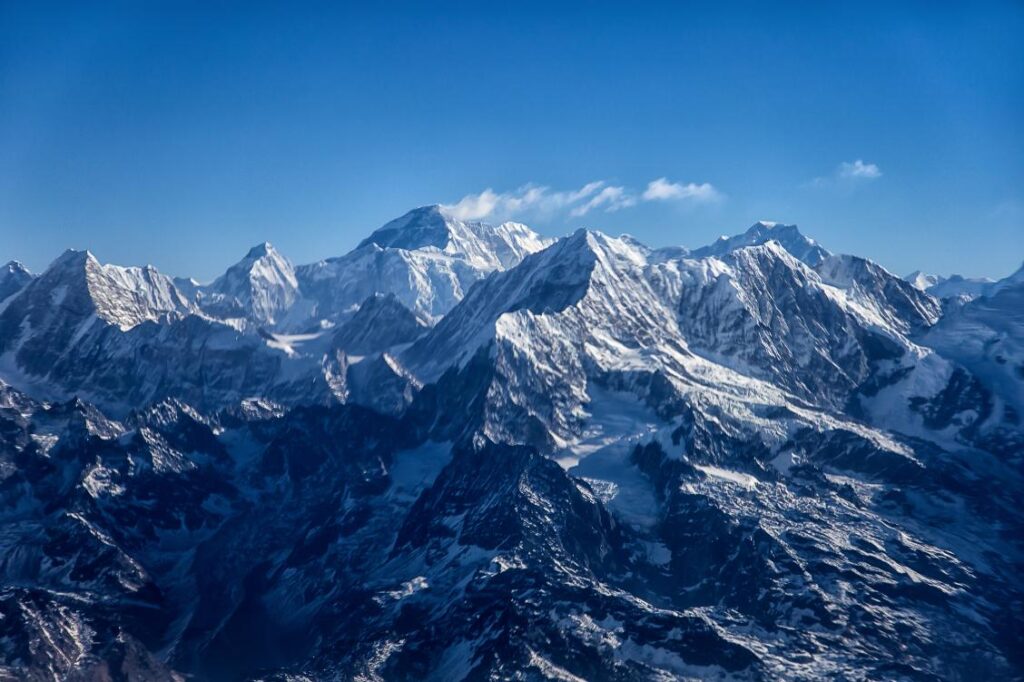
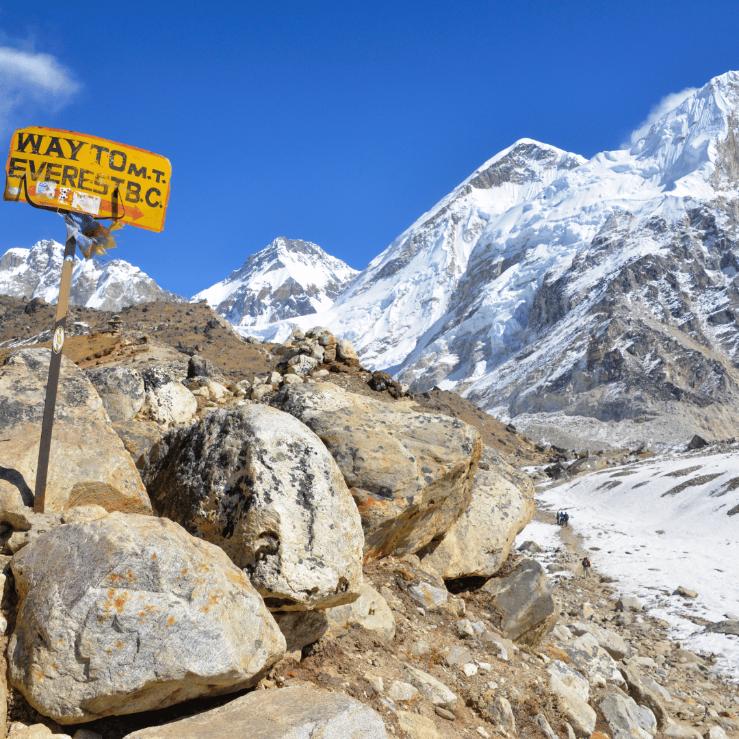
The Nepal Side:
Nepal is the southern neighbor of Mount Everest. It’s a country famous for its stunning scenery and rich culture. The Nepalese side of Everest is protected by Sagarmatha National Park, a special place recognized by UNESCO. This park is full of amazing plants and animals. Many climbers start their journey to the mountain’s peak from the base camp here.
The Khumbu Glacier and the Khumbu Icefall, two famous and dangerous places for climbers, are also part of this area. These are like the ultimate tests of bravery and skill. The glacier is this massive river of ice, and the icefall is where it gets all cracked and jagged—super dangerous, but also super thrilling for those daring enough to tackle it.
The Tibet Side:
The northern side of Mount Everest falls within the Tibet Autonomous Region of China. This side provides a different perspective and a unique set of challenges for climbers.
First up, there is the Rongbuk Monastery. Sitting pretty at 5,100 meters (16,732 feet) above sea level, this is the highest monastery in the world! Imagine meditating at that altitude—talk about taking your spiritual practice to new heights.This icy giant is an important part of the journey, guiding climbers up to the advanced base camp. It is like nature’s own pathway to the heavens
Geological Significance of Mount Everest
Mount Everest is not just a geographical marvel; it is also a geological phenomenon. It is like nature’s giant science. The mountain is part of the Greater Himalayas which is a region formed by the collision of the Indian Plate and the Eurasian Plate. This tectonic activity, which began around 50 million years ago, continues to push Mount Everest higher each year by a few millimeters.
The rock formations found on Mount Everest are primarily composed of limestone, shale, and marble, dating back to the Ordovician period, approximately 485 million years ago.
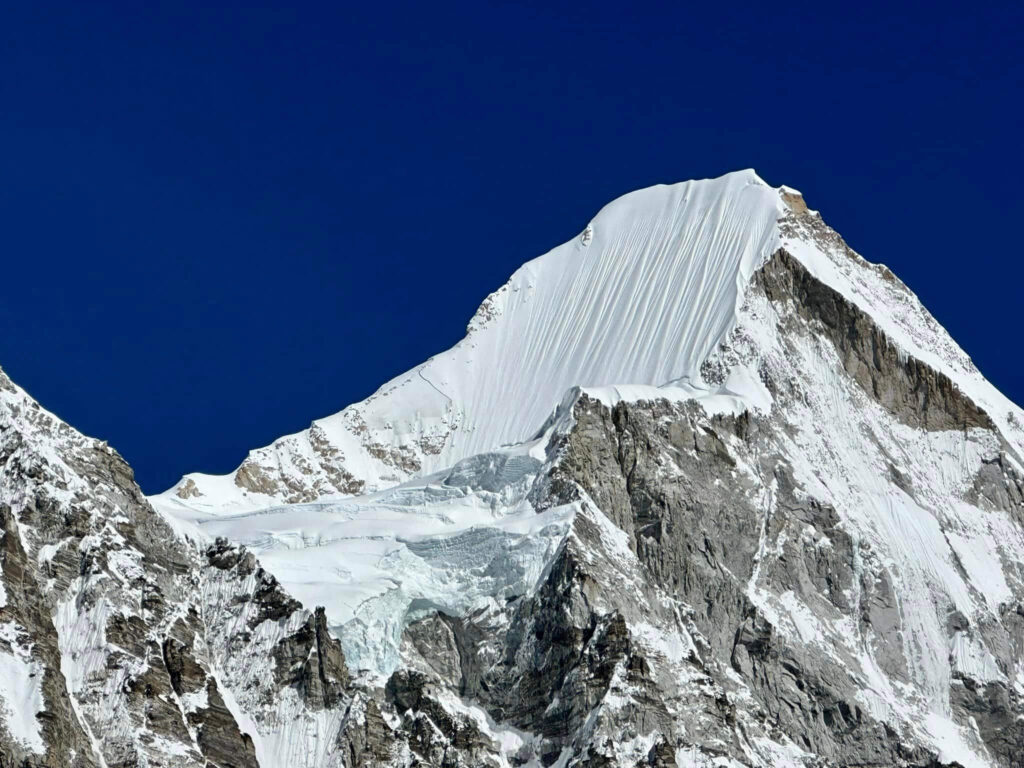


Cultural and Historical Impact of Mount Everest
Mount Everest holds a significant place in the cultural and spiritual beliefs of the local communities. It’s a sacred symbol in the cultures of the people who live around it. In Nepal, Everest is called Sagarmatha, which means “Goddess of the Sky.”
On the Tibetan side, Everest is known as Chomolungma, translating to “Mother Goddess of the World.” This name really highlights how the Tibetans view the mountain as a nurturing and powerful figure. It’s not just a physical landmark but a revered entity that holds a deep spiritual significance for the local people. These names show the high regard and respect the local populations have for this natural wonder.
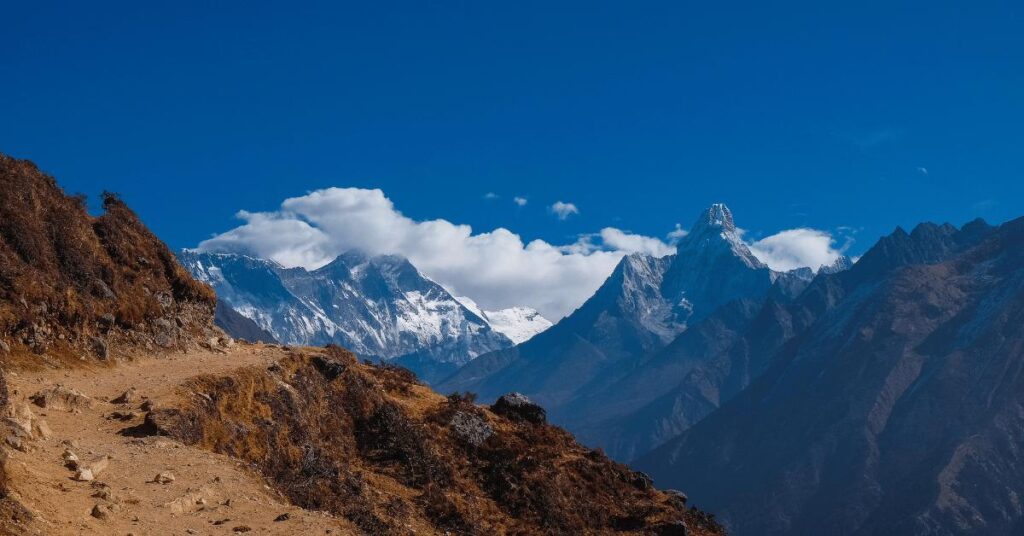
First Ascents and Expeditions on Mount Everest
Mount Everest has a long history of brave explorers trying to reach its peak. For many years, people dreamed of standing on top of the world’s tallest mountain. Finally, in 1953, Sir Edmund Hillary from New Zealand and Tenzing Norgay, a Sherpa guide from Nepal, made history by being the first people to ever reach the summit of Everest. Their amazing achievement opened up the door for many adventurers who followed in their footsteps. Each one has been facing their own incredible challenges on this mighty mountain till date.
Cultural Significance of Mount Everest
Mount Everest is a powerful symbol of what humans can do and also can aspire to do. It represents our endless drive to push our limits, our strong spirit when facing challenges, and our love for exploring the unknown. This amazing tallest mountain has inspired many stories, movies, and documentaries that have captured the incredibly great journeys of climbers and the breathtaking beauty of the Himalayas.
It is also a sacred place for both Nepalese and Tibetan people. They believe it is the home of the gods and a place of great spiritual power. It is part of the stories and religious rituals. Everest is a symbol of the divine. It is like a bridge connecting the world below with the spiritual world above.
How does Sagarmatha get its Name “Everest”?
The Highest mountain gets its name Sir George Everest who first measured the height of the Peak and named after him to Honor him. Since then, the mountain is best known as the Mt. Everest.
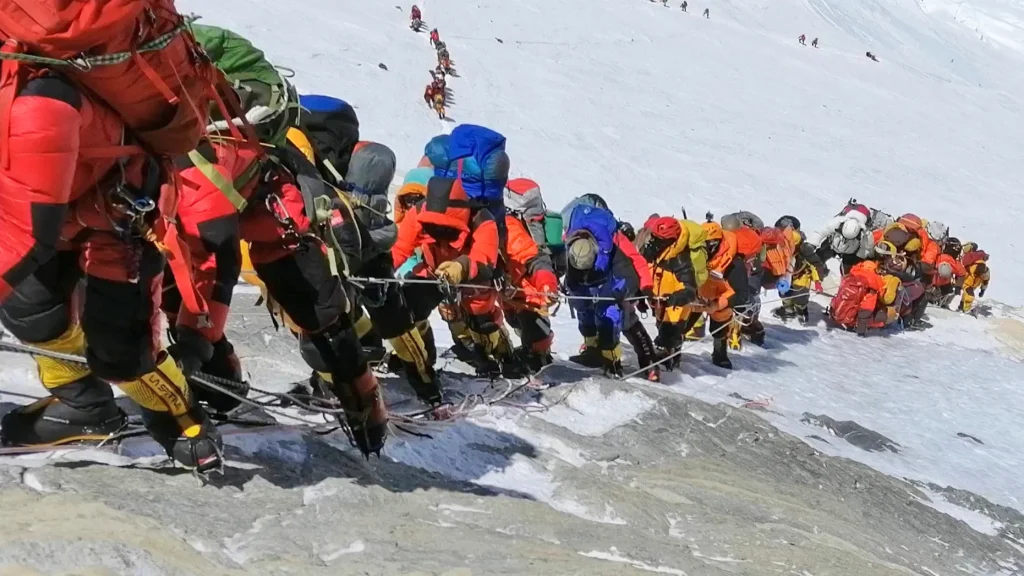
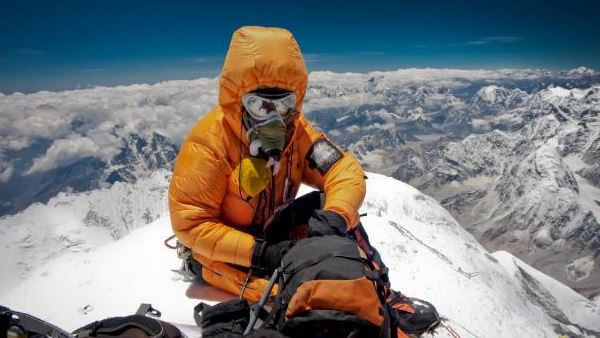
Challenges of Climbing Mount Everest
Climbing Mount Everest holds numerous challenges. It is like a brutal battle against nature. The air up there is thin, making it hard to breathe and think clearly. The weather can change in a blink of an eye, hurling wind and snow at climbers. And the mountain itself is a giant, icy puzzle with hidden cracks and dangerous slopes. It is a test of human limits, both physically and mentally.
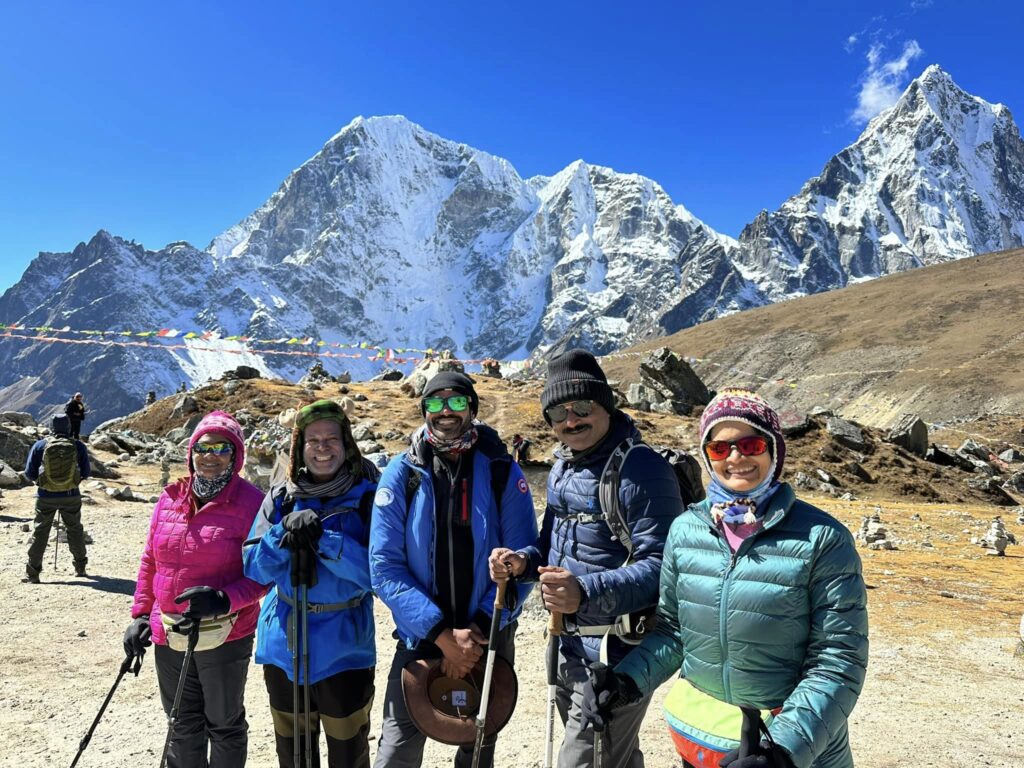
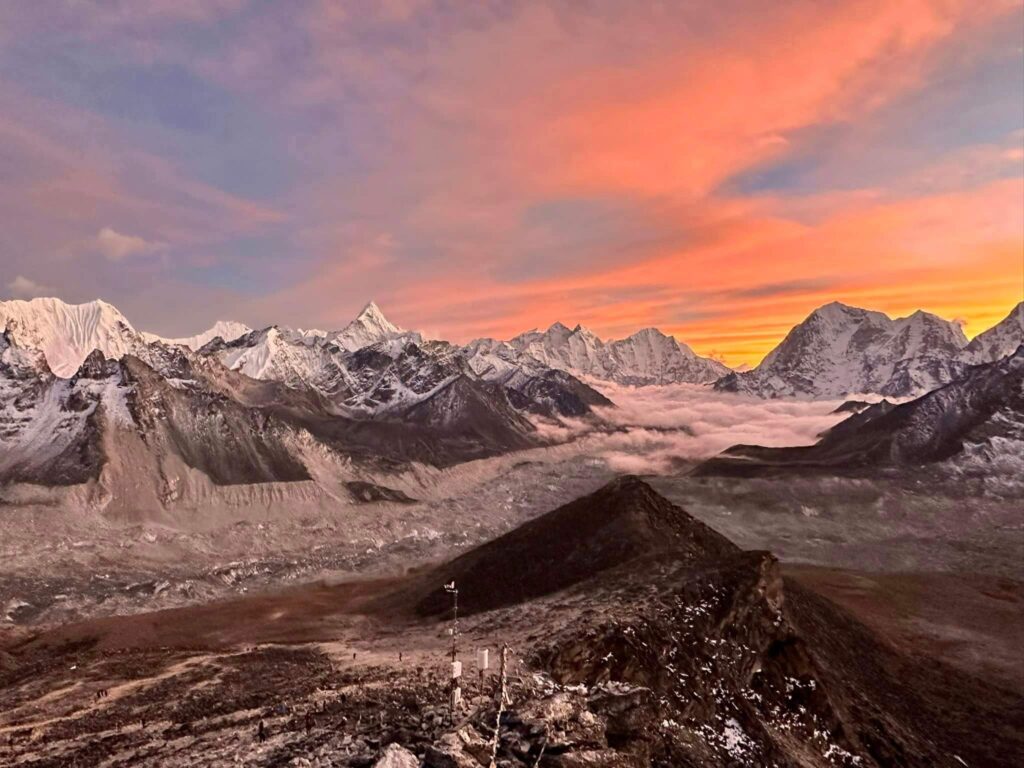

Altitude and Acclimatization at Mount Everest
One of the primary challenges climbers face is the extreme altitude. At elevations above 8,000 meters (26,247 feet), known as the “Death Zone,” the oxygen levels are significantly lower. This can lead to severe altitude sickness if proper acclimatization is not followed. Climbers spend weeks acclimatizing at various base camps to adapt their bodies to the thin air.


Weather Conditions at Mount Everest
The weather on Mount Everest is notoriously unpredictable. Sudden changes can bring about blizzards, avalanches, and extreme cold, making the climb even more perilous. The climbing season typically spans from late April to early June, and from late September to early November, when the weather conditions are relatively stable.
Physical and Mental Endurance
Conquering the greatest Mount Everest calls for an unbelievable amount of both physical and mental strength. Climbers must fight through icy cracks, dangerous waterfalls of ice, and sheer rock walls. It is actually a battle against exhaustion, frostbite, and the constant fear of falling. But it is not just about muscles. Being alone in such a harsh environment can break even the strongest person. To reach the top, climbers need a mind as tough as their bodies.
Environmental Concerns and Conservation Efforts on Mount Everest
Today, Mount Everest is facing big problems because of the growing number of people climbing it. There is a lot of trash piling up. The air and water are getting dirty, and the plants and animals that live there are in trouble. To fix this, groups and governments are working together to find ways for climbers to enjoy the mountain without hurting it. They want to keep Everest beautiful and safe for everyone and for generations and generations to come.
Waste Management on Mount Everest
Mount Everest is the crown jewel of our planet. However, it is slowly being smothered by our own waste. Empty oxygen tanks, leftover food wrappers, and discarded climbing equipment are piling up, spoiling the mountain’s natural beauty. To save this legendary mountain, groups like the Everest Cleanup Campaign are working really hard to clean up and teach climbers to be more responsible.
Sustainable Tourism at Mount Everest
Promoting sustainable tourism is very important to preserving the natural beauty of Mount Everest. This includes encouraging climbers to follow ethical practices, minimizing their environmental footprint, and supporting local communities. Efforts are also happening now to educate climbers about the importance of conservation and the impact of their activities on the fragile ecosystem.
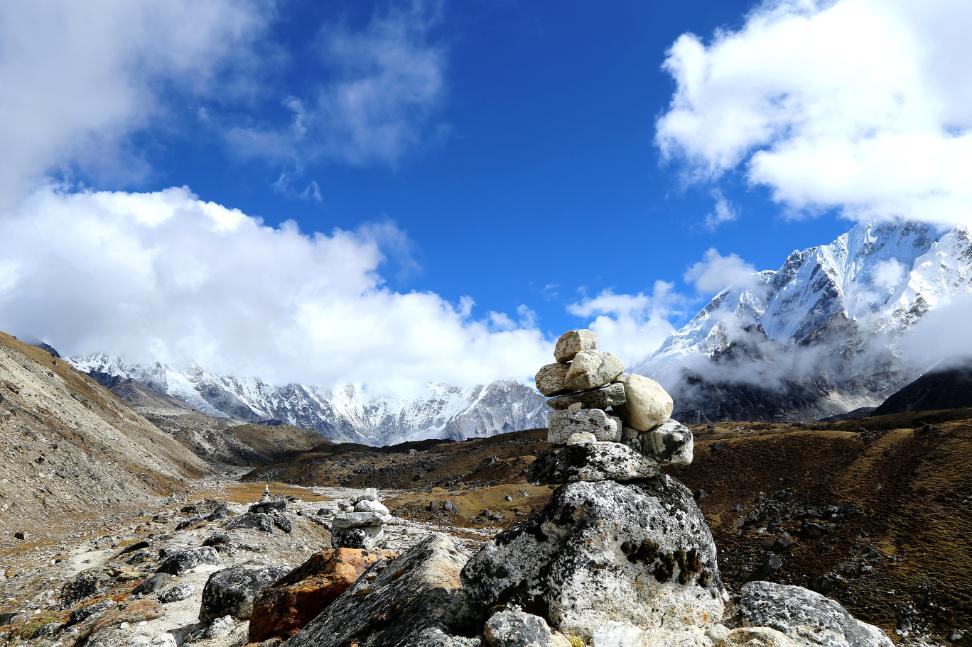
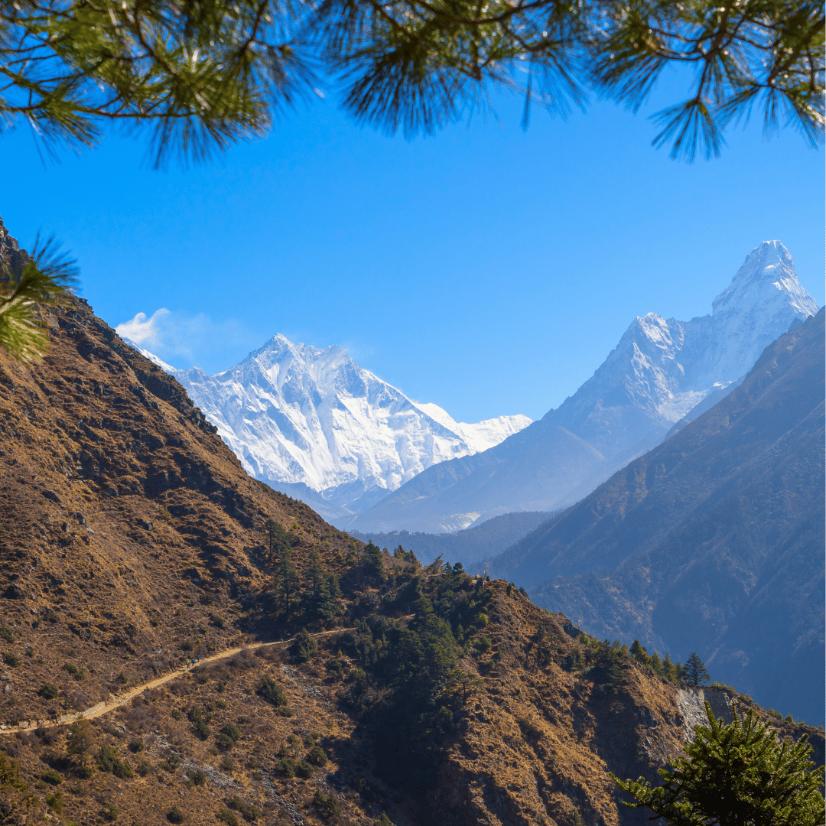
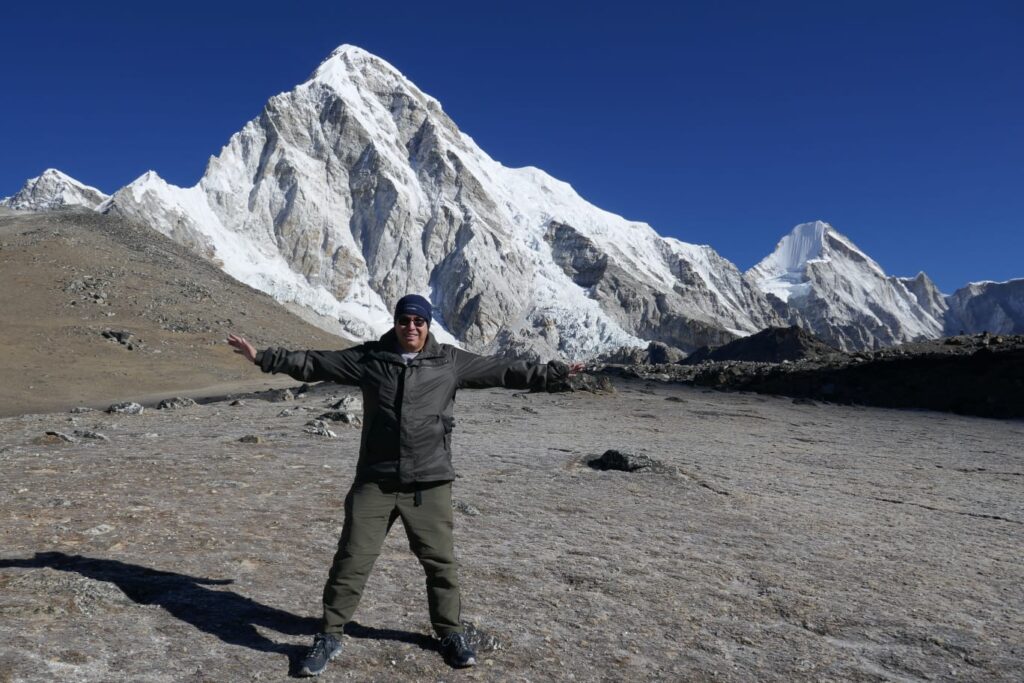
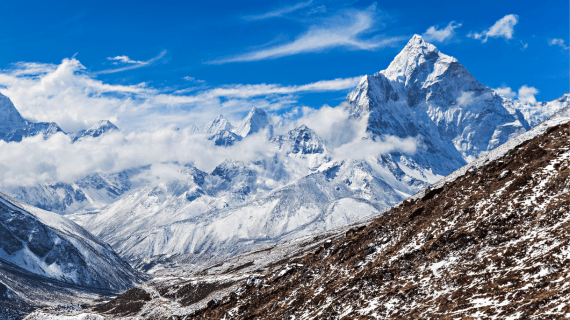
Conclusion on Where is Mount Everest Located?
Mount Everest stands tall as a global icon. Its massive/ tallest mountain in the world. It is shared by Nepal and Tibet, and is more than just a mountain. It is actually a geological wonder and a cultural treasure. Reaching its summit is a dangerous dream for many, but it’s also a reminder of nature’s raw power. We must protect this amazing place for generations to come, and efforts to preserve it are very important things to be considered today. Everest is a symbol of our planet’s beauty and the challenges we face in caring for it.
Still have more question about Mt. Everest and where is Mount Everest located ? Then you can call at Himalayan Trekking and Tours on Whatsapp & Viber Call +977-9851032316
You may also like:
Send an Enquiry
Error: Contact form not found.
© 2025 - Himalayan Trekking and Tours (P) Ltd. All Rights Reserved.


